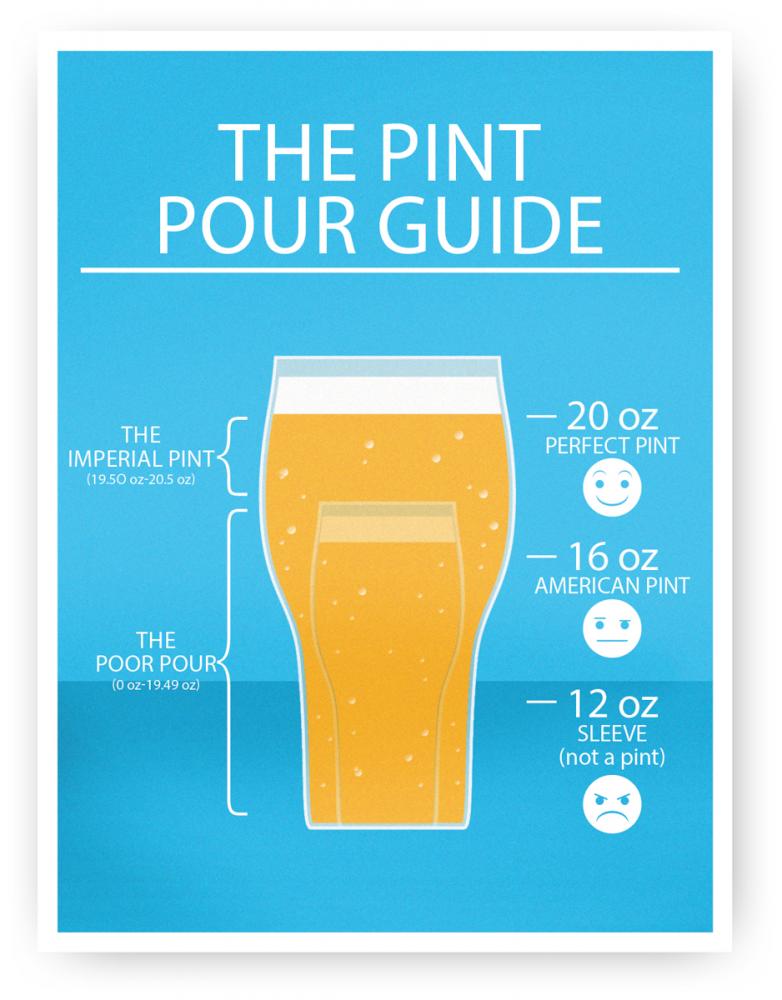“Each licensee must post the amount of liquor contained in a drink in ounces on the menu,” said Tatjana Laskovic, communications officer for AGLC. “For example, if there are 20 ounces of beer in a pint, then the consumer should be served the 20 ounces. The AGLC is concerned that licensees are appropriately stating the amount that they are serving and that they are serving the amount they are stating.”
Laskovic also specified that the AGLC requires that the amount of beer being served must be specified in ounces on the menu, regardless of whether it’s called a pint or not.
“All licensees are still expected to follow all federal, provincial or municipal legislation,” said Laskovic. “If licensees are found to be short-pouring their customers, the first step would be education and a warning, with fines occurring after repeat offences.”
Mercer is not alone. Along Jasper Avenue, I tested the “pints” served to me, with none reaching the minimum amount of 19.5 ounces. Why? A few possibilities exist. Perhaps the bars don’t know the law, or the bars are confused because an American pint is 16 ounces, whereas Canada follows the Imperial System of 20 ounces. Or maybe the bars are knowingly flouting the law. Of course, while the laws are in place, they are only worthwhile if they are enforced.
“It’s a crapshoot what the AGLC is going to strongly enforce,” said Kyle Simpson, a bartender at North 53 and El Cortez Cantina, and the director of Bar Squire International. ” [The AGLC’s] mandate is to protect the public from alcohol-related harm, which includes unscrupulous publicans. I don’t think many people are aware they have the wrong glassware to serve the proper 20 ounces.”
Back at Mercer, I asked what would happen if people complained about the amount poured, but MacIver said that’s never been an issue.
“We’ve heard about places where people have ordered a pint, but they’re getting a sleeve,” said MacIver. “I don’t know where that is happening. We are giving everyone their money’s worth.”
The law is there to protect the consumer, which only strengthens the bond between consumers and businesses. Maybe some day soon we’ll be able to go to any bar downtown and have a real pint. Until then, I’m thinking about investing in glassware stocks.
Like this content? Get more delivered right to your inbox with Ed. Eats
A list of what’s delicious, delectable and delightful.
